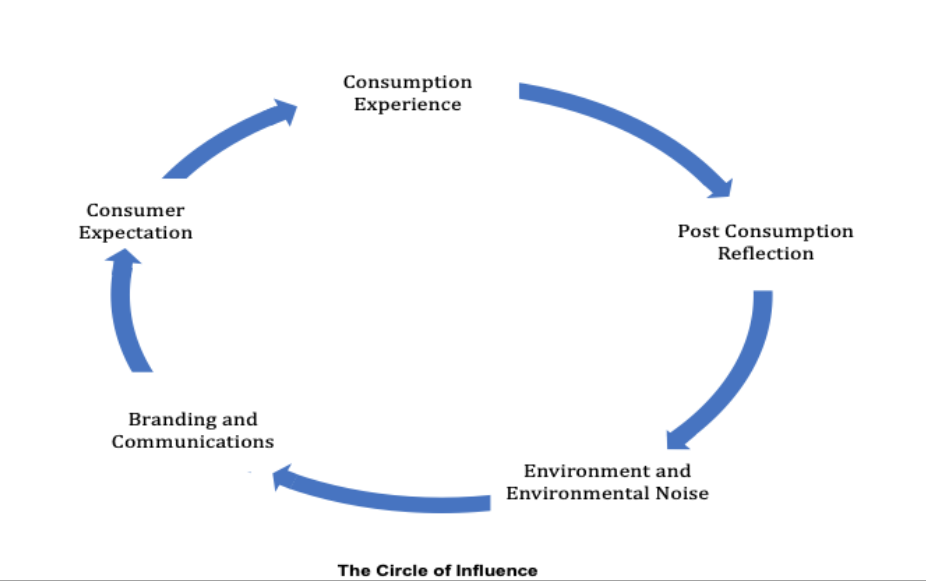
It is one of the big questions for all food and drink brands. You may have a great product, but so does your competition. Some consumers say that yours has the best taste, but others prefer the competitor. Is it the job of the Communications team to create a distinctive message that lifts your brand above the competition, or should the Product Development team just make a better product so consumers will always come back to it?
If you are thinking along these lines, then you are already losing the battle!
It is the responsibility of both teams to work together to identify where your opportunity sits within the market and to develop products and communications that work together to maximise your potential within that space.
That is easy to say (and to write), but what does it mean?
When consumers tell you that they like your product, when they say they like the taste, what they really mean is that they like the way that it makes them feel. This is an emotional response, not only to the taste and texture of the product, but to the taste and texture in relation to their expectations which, in turn, are dramatically affected by the positioning and communication of the brand.
Understanding and Influencing the Consumer Experience.
When your consumer eats or drinks your product, they do so in the light of their own expectations and in the context of everything else that is going on around them.
Your product may be very good, but if they are expecting it to be excellent, they may be disappointed. If, however, their expectations were lower, they may be very pleased with it.
After eating or drinking the product there is always some reflection upon the memory of how it was. This is generally more influenced by how they felt at the end of their experience more that at the beginning. If their experience started well but faded off towards the end, their impression will be less favourable than if the experience started poorly but finished well.
This post consumption perception of your product is the impression that will remain with the consumer as they interact with the rest of their world. As they encounter any extraneous information about your industry, company, the category, your brand… Possibly consciously, but most likely unconsciously, they will assimilate all sorts of environmental noise and file it away alongside the impression they hold in their memory following their own experience of your brand.
This is then added to by, not only your own brand communications, but also those of your competitor brands and by any other brands or categories that the consumer may associate with yours.
So next time they encounter your brand, their expectations are set well before they pick it up off the shelf or start to unwrap it.
It is a complex circle, difficult to fully understand and impossible to control, and, just to confuse us all the more, our consumers do not move through the circle making rational, objective decisions.
At each point, to each piece of input, the consumer responds emotionally rather than rationally.
Despite what we like to think as we try to understand our consumers’ behaviour, they actually give us very little time and almost no thought at all. They simply move through their lives without evaluating their experiences, with minimal conscious thought, they just make their decisions as they go. What Kahneman terms ‘System 1 Thinking’.
The consumer has little or no idea that they have progressed through our circle of influence. They give little if any thought at all as to how or why they made their decisions. It just happens. As Kahneman also laid out, any post decision analysis will be a justification of their decision, not an explanation of it.
However, if we as brand owners are to keep or win consumers, we do need to understand this circle of influence and we do need understand how we can leverage it.
In order to successfully differentiate your brand it is of little use just improving your product or building upon your brand image, we need to understand the emotional responses of our consumers to our product and to our communications and we need to understand how these emotional responses are influenced by all the environmental noise going on around our consumers.
This may seem a little complicated, but it is in fact, much easier than trying to understand consumers’ rational thinking. They don’t think, they react. Understanding the consumers’ emotional journeys helps us to understand how and why they react as they do. While trying to understand their rational thought process is impossible because, in truth, it does not exist.
Chris Lukehurst is a Director at The Marketing Clinic:
Understanding the connections between the consumer experience and emotional responses.


